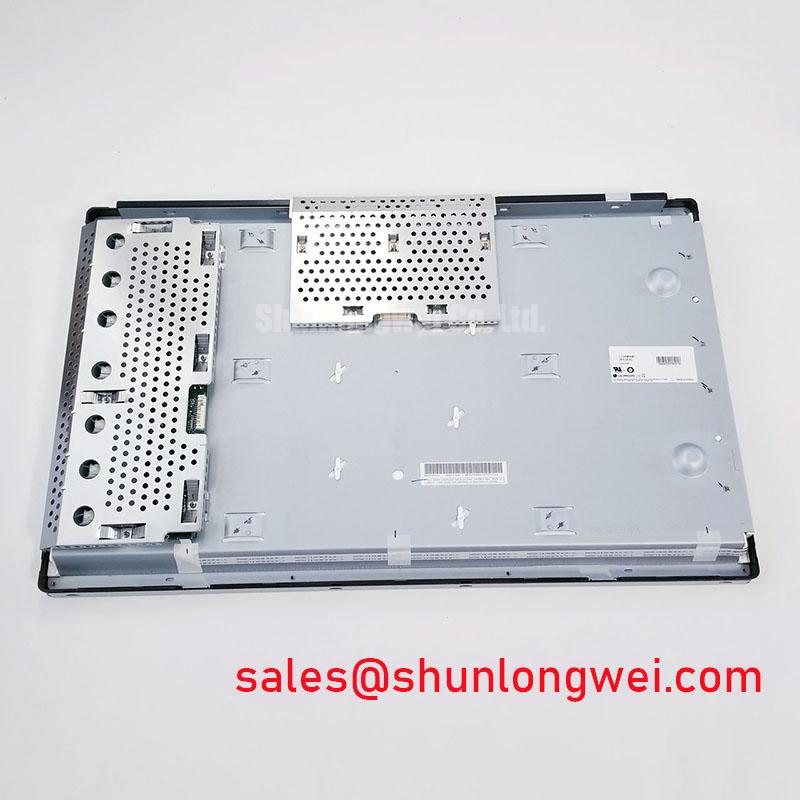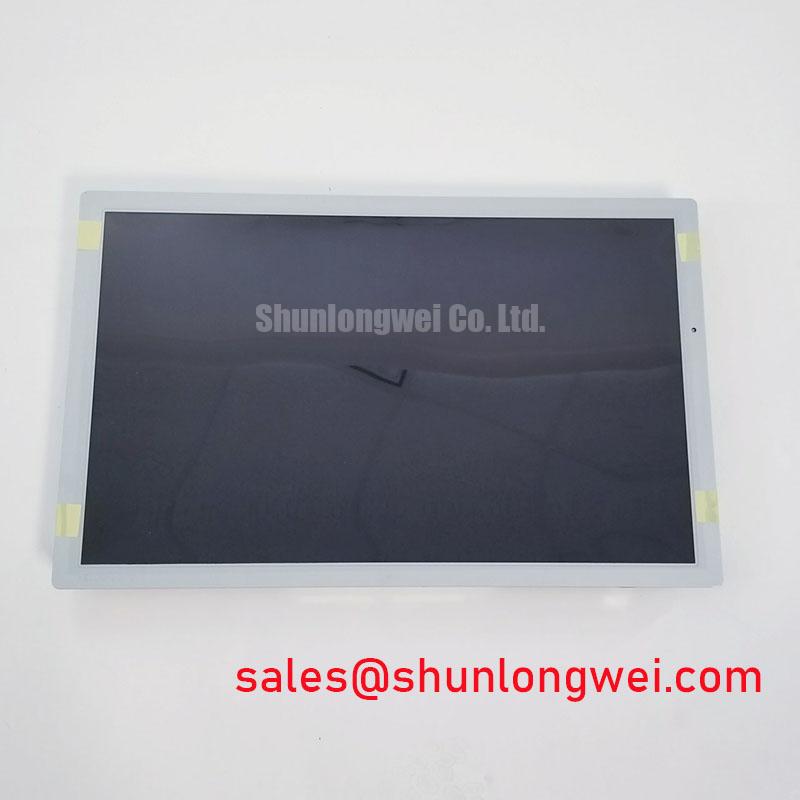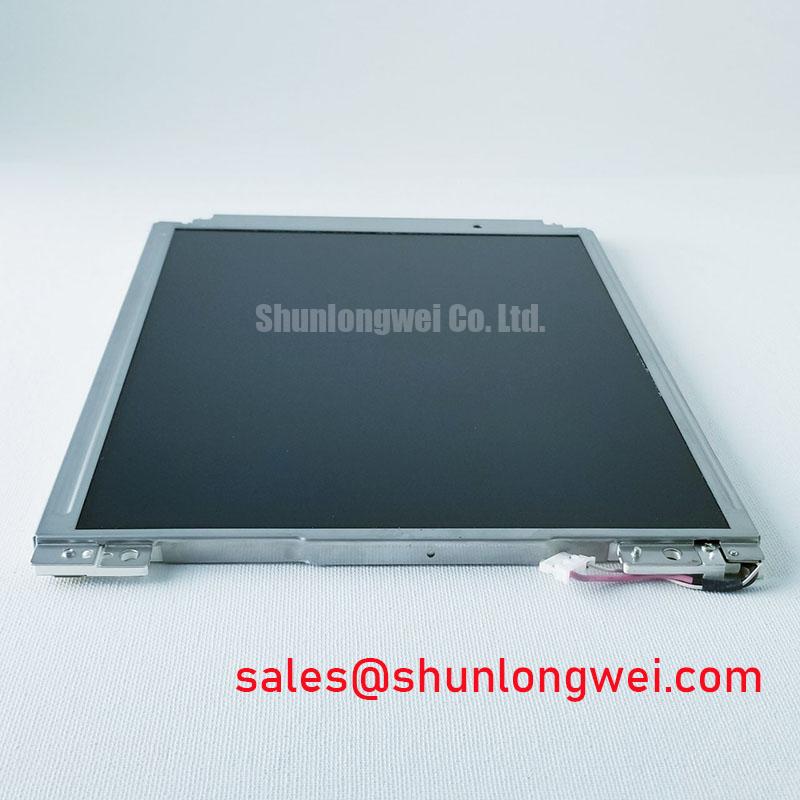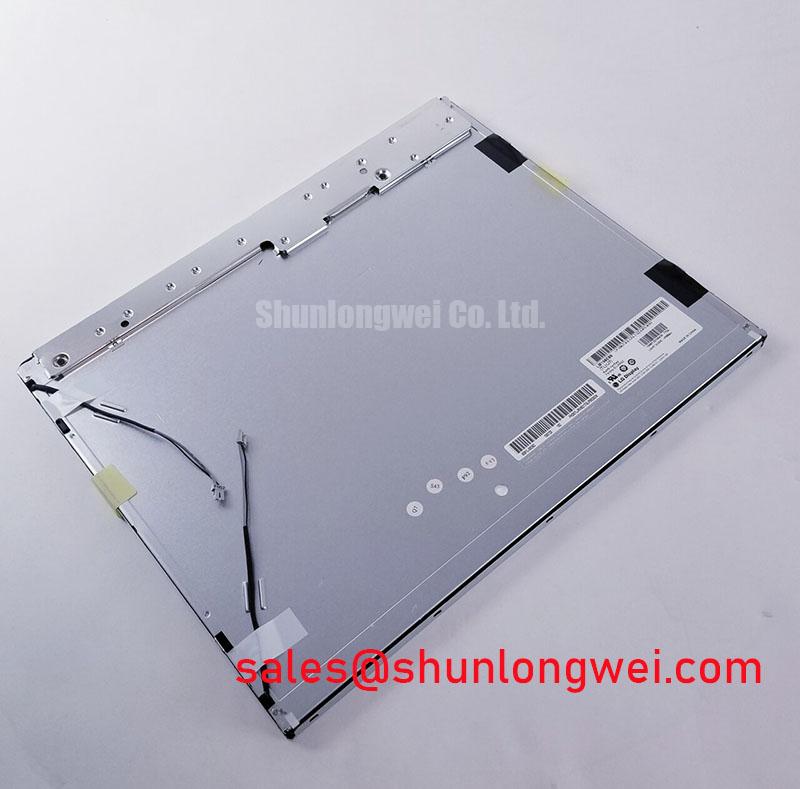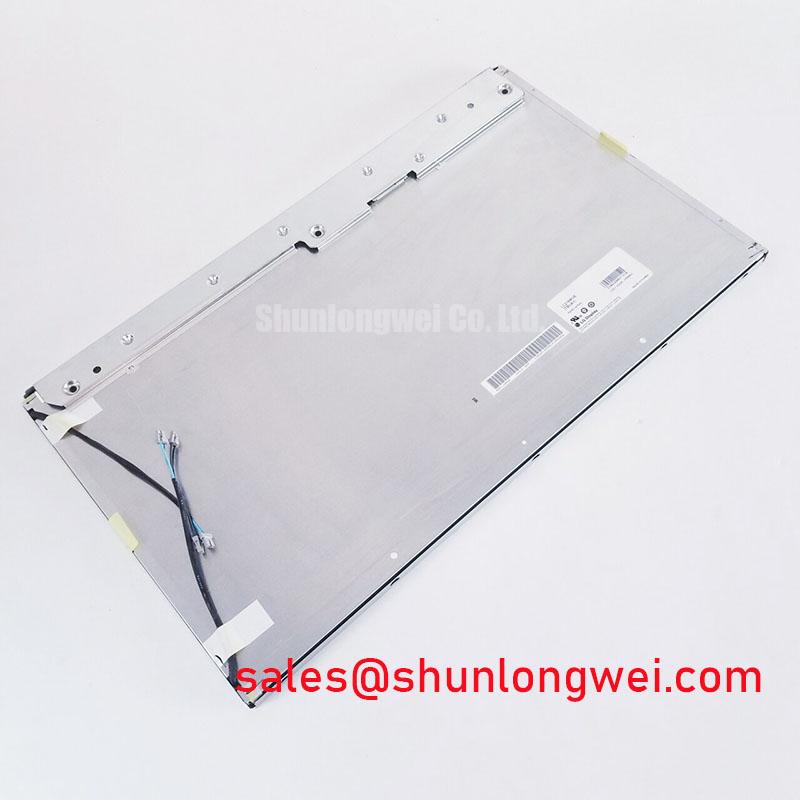Content last revised on November 21, 2025
LC2-60W01-A5KA: A 26-inch WXGA S-IPS Display Engineered for Visual Consistency and Integration
Product Overview and Key Specifications
Defining Visual Performance for Commercial and Light Industrial Displays
The LC260W01-A5KA is a 26.0-inch a-Si TFT-LCD module designed for applications demanding consistent image quality from multiple viewing perspectives. It delivers a combination of proven S-IPS panel technology and a standard interface to streamline system integration. With key specifications of 26.0" Diagonal | 1366x768 (WXGA) | 89/89/89/89 Viewing Angle | LVDS Interface, this display provides two core benefits: exceptional color fidelity from wide viewing angles and simplified system design. This makes it a well-suited component for systems where off-axis readability is a primary engineering requirement, such as informational kiosks or control panels. For systems requiring higher pixel density and a more compact footprint, the G215HAN01.0 offers a Full HD resolution in a 21.5-inch format.
Application Scenarios & Value
System-Level Benefits in Public Information and Commercial Systems
The LC260W01-A5KA is engineered for environments where visual information must be clearly and accurately conveyed to a moving or distributed audience. Its primary value lies in applications where the viewing angle directly impacts usability and effectiveness.
Consider the design of a public transit information kiosk or a digital signage installation in a retail space. A key engineering challenge is ensuring that all viewers, whether standing directly in front of the screen or viewing from the side, receive the same color-accurate information without distortion or color shift. The LC260W01-A5KA directly addresses this with its Super-IPS (S-IPS) panel technology. Its specified typical viewing angle of 89° in all directions (up, down, left, right) ensures that hues and contrast remain stable, a critical factor for displaying branded content, maps, or safety information accurately. This performance contrasts sharply with standard TN panels, where significant color inversion can occur at angles as shallow as 45 degrees, rendering the display ineffective for its intended purpose.
Furthermore, its use of a standard 1-channel, 8-bit LVDS Interface simplifies the connection to a wide range of off-the-shelf controller boards, reducing development time and integration complexity for system designers. What is the primary benefit of its S-IPS technology? It delivers consistent, accurate color reproduction even at extreme viewing angles.
Key Parameter Overview
Decoding the Specifications for System Integration
The technical specifications of the LC260W01-A5KA are tailored for reliability and straightforward implementation in commercial display systems. The panel's performance is defined by a balance of optical quality and standardized electronic and physical characteristics.
| Functional Group: Optical Characteristics | |
|---|---|
| Display Technology | a-Si TFT-LCD, S-IPS, Normally Black, Transmissive |
| Resolution | 1366(RGB)×768 (WXGA) |
| Luminance | 450 cd/m² (Typ.) |
| Contrast Ratio | 500:1 (Typ.) |
| Viewing Angle (CR≥10) | 89/89/89/89 (Typ.) (L/R/U/D) |
| Response Time | 7.5/8.5 (Typ.)(Tr/Td) ms |
| Surface Treatment | Antiglare, Hard coating (3H) |
| Functional Group: Interface & Electrical | |
| Signal Interface | LVDS (1 channel, 8-bit), 20 pins |
| Supply Voltage | 12.0V (Typ.) |
| Functional Group: Mechanical & Environmental | |
| Active Area | 566.4(H) × 339.84(V) mm |
| Outline Dimensions | 622(H) × 389(V) × 53.7(D) mm |
| Operating Temperature | 0 ~ 50 °C |
| Storage Temperature | -20 ~ 60 °C |
Technical Deep Dive
A Closer Look at S-IPS Technology and LVDS Interface for System Reliability
The engineering value of the LC260W01-A5KA is rooted in two core technologies: its S-IPS panel and its LVDS interface. Understanding their impact is key to leveraging this display effectively. S-IPS, or Super In-Plane Switching, technology is a fundamental advantage for any application requiring off-axis viewing. Think of the liquid crystals in a standard display as vertical blinds (like in a TN panel). When you look at them from an angle, the light path is distorted, causing colors to shift and brightness to drop. The S-IPS panel, however, aligns the crystals horizontally. This is like looking at an open doorway; the view remains consistent and clear even from extreme angles. This inherent structural difference is why the LC260W01-A5KA maintains its color and contrast integrity, which is critical for digital signage and collaborative HMI applications.
On the integration side, the LVDS (Low-Voltage Differential Signaling) interface provides a robust and straightforward method for data transmission. An LVDS connection is like a dedicated, multi-lane highway for pixel data, where signals travel in pairs with opposite polarity. This differential nature makes the signal highly resistant to the common-mode noise often present in industrial or commercial electronics, ensuring a clean, stable image. This built-in noise immunity simplifies the electrical design and can reduce the need for extensive shielding that might be required with older, single-ended interfaces, contributing to a more reliable final product.
Frequently Asked Questions (FAQ)
How do the S-IPS panel's 89-degree viewing angles impact user experience in a public kiosk?
The 89-degree viewing angles in all directions mean that image quality, color accuracy, and contrast remain virtually unchanged regardless of the viewer's position. In a public kiosk, where multiple users may be viewing the screen simultaneously from different heights and angles, this prevents the color distortion and washout common with less advanced panels. It ensures every user receives the same clear, legible information, which is vital for usability and accessibility.
What are the primary considerations when integrating the 1-channel, 8-bit LVDS interface of the LC260W01-A5KA?
The primary considerations are compatibility and signal integrity. The system's graphics controller or single-board computer must have an LVDS output that matches the 1-channel, 8-bit, 20-pin configuration of this panel. Cable length is also a factor; while LVDS is robust, it's important to use quality, impedance-matched cabling for longer runs to prevent data errors. Finally, ensuring the 12.0V power supply is clean and stable is crucial for consistent performance.
For engineers and procurement managers evaluating display options for commercial systems, the LC260W01-A5KA presents a reliable, proven solution. To explore the specifications for your specific application, please review the datasheet or contact our team for further information.

